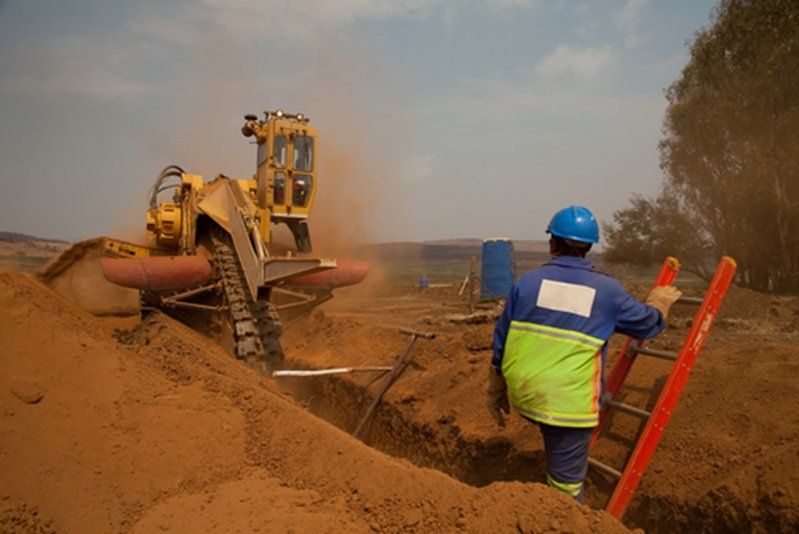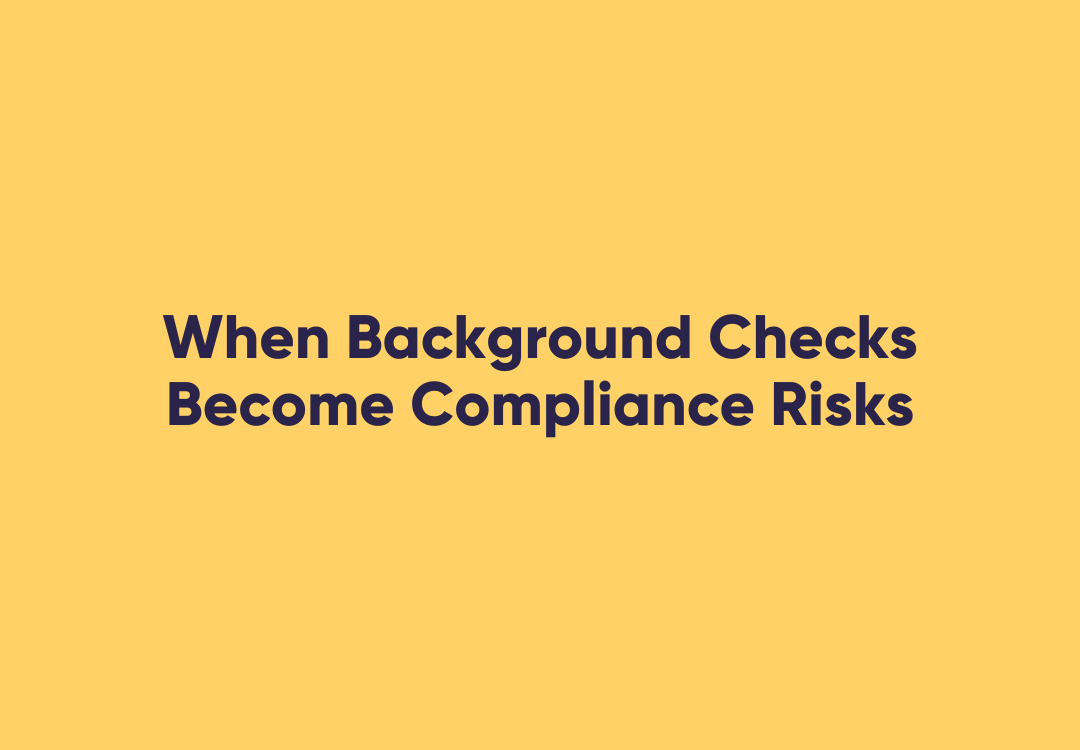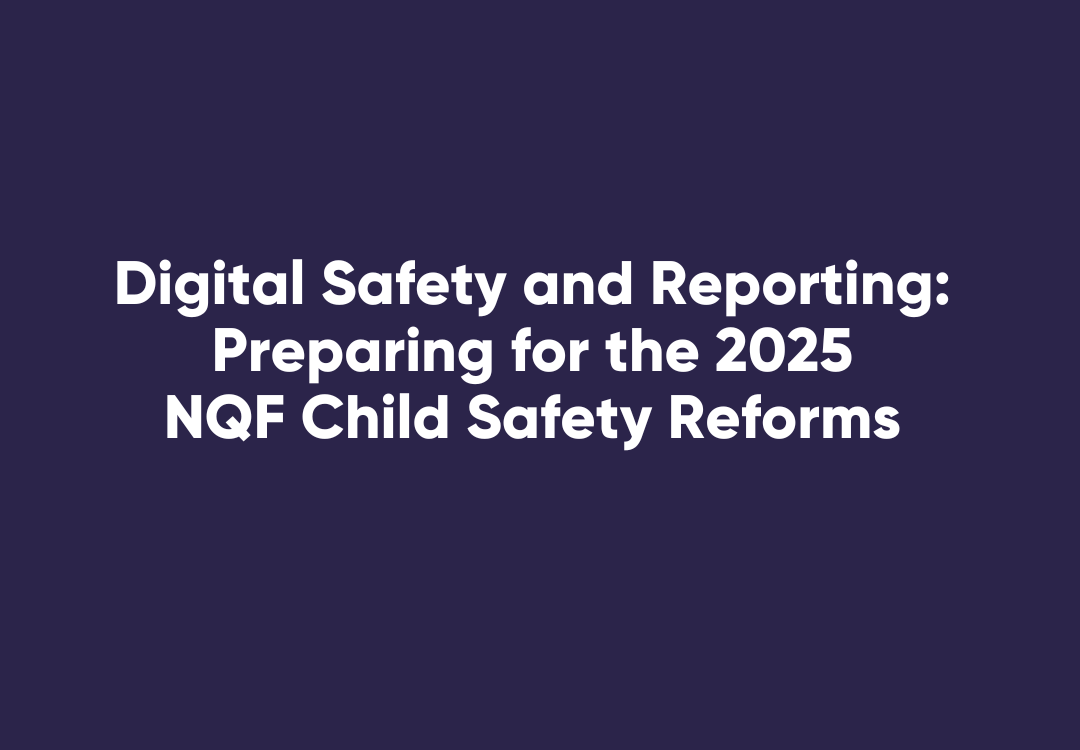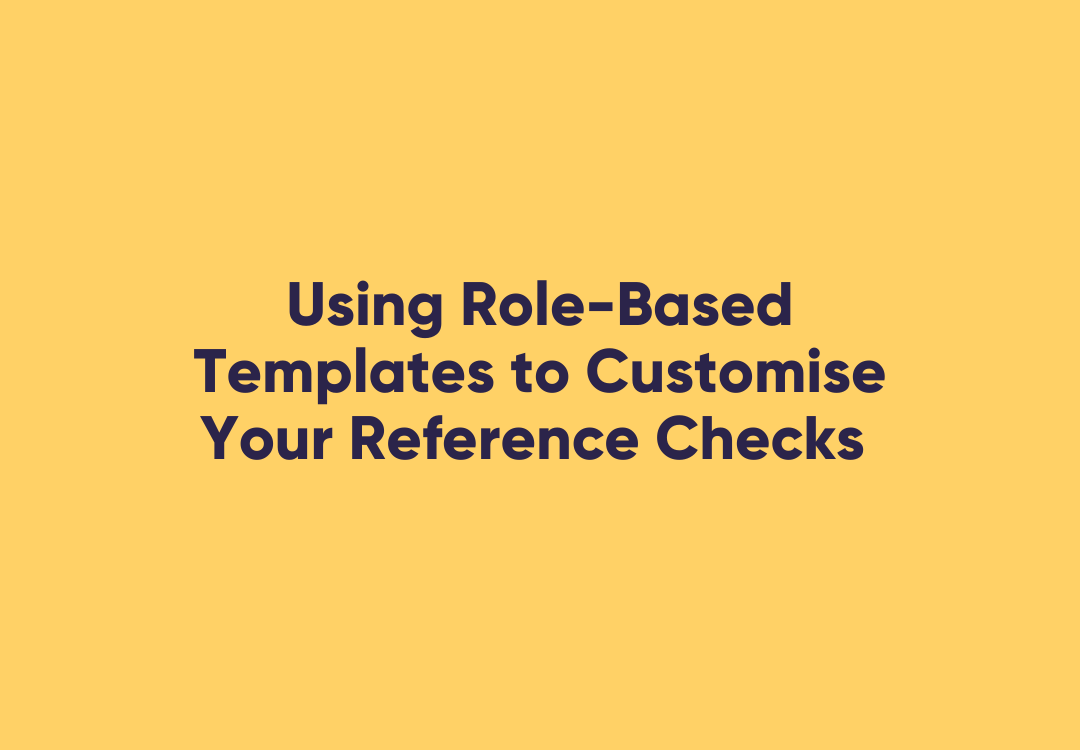What are some outdoor risks to work health and safety?
For both your independent contractors and employees, you have a duty of care to provide a safe, healthy working environment, as much as reasonably possible. For many organisations, the workplace extends far outside of the office, with staff hitting the road to travel to other sites and outside locations and even working outdoors.
These ‘workplaces’ often have unique hazards aside from the threats you might anticipate within a more regular office or factory environment.
Depending on your industry, you may need to consider the climate, the materials workers are handling and wildlife in the region, for example.
Here are a few things to keep in mind, although you should review your own policies with work health and safety expert to ensure you’re upholding your legal obligations and doing what you can to ensure workers stay safe and healthy.
1. Temperature
It’s no secret that Australia’s climate can be extreme. Even though we’re heading into the cooler months, bringing some relief from the extreme heat, it’s important to keep in mind the daily highs and lows if you have labourers working in the elements

When the mercury creeps higher, are your workers protected from the intense sun?
According to the Bureau of Meteorology (BOM), 2014 was one of the warmest years on record for Australia, with the annual national mean rising 0.91 degrees Celsius above the average and the maximum temps increasing 1.16 degrees Celsius higher than normal. The intensity of this heat wave was felt throughout the country, will all states except the Northern Territory, experiencing record numbers.
The BOM also referred to “persistent warmth” throughout the year, indicating that these warm spells extended beyond the hottest months.
What does this mean for work health and safety? Business leaders need to ensure their workers are provided with adequate shade, breaks and water to stay hydrated. Workplace health and safety training should also include information about the signs of heat stroke and best practices for staying healthy under intense conditions.
2. Wind and rain
Wind, rain, storms and natural disasters can all bring threats of varying intensities. In addition to the more obvious hazards involved in extremely intense weather events – like flooding and cyclone-grade winds – even a bit of rain and wind can heighten the danger of an incident at an outdoor worksite.

Stormy skies could usher in less safe conditions on a worksite.
For instance, consider whether any activities and locations could become less safe if rain and dampness makes them slippery. Labourers working at heights also need to be protected against the force of winds, while employees carrying out tasks around electrical wiring and equipment should be protected against water-related electric shock.
3. Animals
Australia’s dangerous wildlife is known around the world. From giant spiders to venomous snakes, there are plenty of creatures that could sneak into a worksite and put labourers’ health and safety at risk.

An encounter with the wrong type of spider could put workers at risk.
For example, energy company AGL emphasised the need to take precautions against some of the wildlife in the area while building the southern hemisphere’s largest solar farm in western New South Wales.
“We had to be very aware of workplace health and safety issues around the heat, and also around the risk of snakes on site,” said AGL Development Project Manager Adam Matchett, as reported by ABC.
Companies should be aware of the specific species that could cause problems on their premises, and take the necessary precautions both with training and having necessary supplies to manage an accident.
4. Airborne hazards and chemicals
According to a recent report by Safe Work Australia, nearly 25 per cent of workers said they had been both exposed to airborne hazards and had skin contact with chemicals. For men, the proportion was even higher, with around 30 per cent of males reporting this threat.

What are your workers breathing in as they complete their jobs?
Industries that frequently work outside – and often include independent contracting arrangements – were also more likely than the average to report this exposure. Specifically, 39 per cent of construction workers said they had contact with these hazards, while 36 per cent of those working in agriculture, forestry and fishing said the same. Technicians and tradespeople as well as labourers also had high rates of exposure (45 and 39 per cent, respectively), Safe Work Australia explained.
The report also indicated that these findings revealed a need to heighten control measures and ensure workers have adequate occupational health and safety training. At the same time, they should know the processes to report potential dangers to supervisors.
5. Equipment and machinery
Finally, as with any worksite, businesses should consider the threats inherent in any machinery and equipment their teams utilise or work around. Farm quad bikes, for instance, are regularly cited as possible dangers because they’re frequently involved in unfortunate incidents. According to Safety Culture, these machines have already contributed to the deaths of 6 Australians this year.

Maintaining equipment, checking licences and having communication devices and practices in place are three steps towards better safety.
From power tools to motor vehicles, there are many types of machines that can result in injury for labourers. A comprehensive work health and safety strategy involves not only identifying possible risks, but training workers about the dangers and taking measures to minimise hazards.
For example, companies should make sure their machinery is well maintained and meets any relevant specifications. Having first aid resources on site and clearly documenting applicable licences are also important steps in addressing work health and safety obligations, along with communication devices and strict communication plans and procedures for those working remotely.
WorkPro’s safety inductions & eLearning platform makes workforce compliance simple with over 50+ pre-built, job and industry-specific modules. Learn more about how WorkPro can help you met your duty of care to your workforce.











